The Seven Beauties of Science Fiction

THE
SEVEN BEAUTIES

OF

SCIENCE FICTION
Istvan Csicsery-Ronay, Jr.

For ETTI & SACHA
Amor est plusquam cognitiva quam cognitio.

Published by
WESLEYAN UNIVERSITY PRESS
Middletown, CT 06459
www.wesleyan.edu/wespress
Copyright 2008
by Istvan Csicsery-Ronay, Jr.
All rights reserved
First Wesleyan paperback 2011
Printed in United States of America 5 4 3 2 1
ISBN for the paperback edition: 978-0-8195-7092-5
Library of Congress
Cataloging-in-Publication Data
Csicsery-Ronay, Istvan, Jr.
The seven beauties of science fiction /
Istvan Csicsery-Ronay, Jr.
p. cm.
Includes bibliographical references and index.
ISBN 978-0-8195-6889-2 (cloth: alk. paper)
1. Science fictionHistory and criticism.
2. Science fictionPhilosophy. I. Title.
PN3433.5.C75 2008
809.38762dc22 2008029054
Wesleyan University Press is a member of the
Green Press Initiative. The paper used in this book meets
their minimum requirement for recycled paper.
CONTENTS
INTRODUCTION
Science Fiction and This Moment
FIRST BEAUTY
Fictive Neology
SECOND BEAUTY
Fictive Novums
THIRD BEAUTY
Future History
FOURTH BEAUTY
Imaginary Science
FIFTH BEAUTY
The Science-Fictional Sublime
SIXTH BEAUTY
The Science-Fictional Grotesque
SEVENTH BEAUTY
The Technologiade
CONCLUDING UNSCIENTIFIC POSTSCRIPT
The Singularity and Beyond
PREFACE
I wanted to have a birds eye view;
I ended up in outer space.

This book began with a pedagogical purpose. I had hoped to map out some ideas about the historical and philosophical aspects of science fiction (sf), and through these ideas to outline the concepts I felt were most useful for studying sf as a distinctive genre. I had hoped to do it in language that would be accessible not only to specialists, but to readers outside the academy as well. In time I understood that I was also writing it for my own small, dispersed community of literary comparatists. The great literary theorists of the twentieth century from whom I learned the mostGeorg Lukcs, Erich Auerbach, M. M. Bakhtin, Northrop Frye, and Edward Saidhad little or nothing to say about the genre to which I had devoted most of my professional life. Thus I aspired to establish a place for sf in the historical continuum of literature and art. Consequently, my approach is somewhat Old School. In the constantly accelerating transformations of our technoscientific culture, many of my vehicles are probably already receding in the rearview mirror. Consider Seven Beauties then a work of steampunk criticism. I have not tried to be systematic or complete. Neither have I tried to debate, or to anticipate criticism. The main purpose of this book is to inspire better ones, not to have the last word.
My greatest challenge has been to design arguments that will account for both refined artistic examples of sf and the popular commodity forms of sci-fi. Theories concerned with the former tend to treat popular forms with contempt. Populist theories tend to ignore or discount the most artistically and intellectually interesting works: sfs contributions to elite culture. I have tried to formulate categories that will account for sf in all its manifestations. My goal is to understand science fictionality as a way of thinking about the world, made concrete in many different media and styles, rather than as a particular market niche or genre category. This book is only the first step in that project, which still requires close study of sf in film, television, visual art, music, and new digital media. Although the Seven Beauties appear in many different forms, they are attractors of all forms of science fiction.
My title alludes to a revered medieval Persian poem. The Haft Paykar (Seven beauties), a mystical epic by the twelfth-century Azeri poet, Nizami, tells of the legendary King Bahram Gurs discovery of a secret room in his palace, in which he finds the portraits of seven beautiful princesses. He falls in love with each of them, sets out to find them in the seven main regions of the known earth, marries them, and builds a palace with seven domes for them, ensconcing each in her own hall. Each of the princesses represents a different cosmic principle. He visits each of them for a night, during which they tell him a rich allegorical tale of mystical love and moral enlightenment.
So is my title meant to evoke the image of a fantastic edifice with seven halls. Each is rich and intriguing in its own right, and each contains the others. I am not entirely sure how my beauties should be understood in rationalistic terms. They are perhaps cognitive attractions, intellectual gravitational fields that draw our attention. They are perhaps mental schemes, through which we organize our thinking. They are perhaps tools for thought, so well made that we admire their design at the very moment we are using them. Whatever else they are, they compose a constellation of thoughts that sf helps us to become conscious of. Some readers will find seven an arbitrary number; others, a full set.
This book emerged out of dialogues with hundreds of students and most especially with colleagues and friends, who alerted me again and again that science fiction is more than a literary genre or a social passion. It is a way of organizing the mind to include the contemporary world. There is much to criticize in a genre that is dominated by entertainment industries and popular tastes. But there is also much to care about. SF is an art that delights in vision, intelligence, and the infinite possibilities of change. It calls into question all verities, except curiosity and play.

Many friends and colleagues inspired and supported this work. I thank especially David Porush, Katherine Hayles, Scott Bukatman, Brooks Landon, David Seed, Robert Philmus, and my colleagues in the English department of DePauw University. My coeditors at Science Fiction StudiesArthur Evans, Joan Gordon, Veronica Hollinger, Rob Latham, and Carol McGuirktaught me that sf is not only an object of study, but an occasion for love, care, and inspiration. Most of all, I am grateful to my wife, Etti, and my son, Sacha, for understanding what this book was truly all about.
I also thank DePauw University and the National Endowment for the Humanities for fellowships to pursue this work. The chapter Fifth Beauty was originally published in somewhat different form in Science Fiction Studies 29, no. 3 (March 2002); a shorter version of the chapter Sixth Beauty appeared in mtal et chair/flesh and metal
Next page
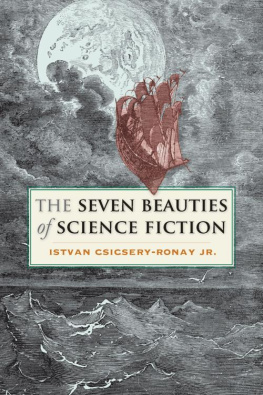
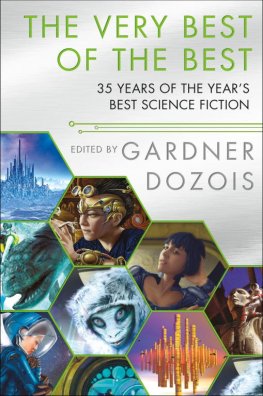


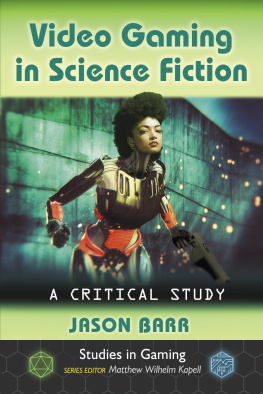
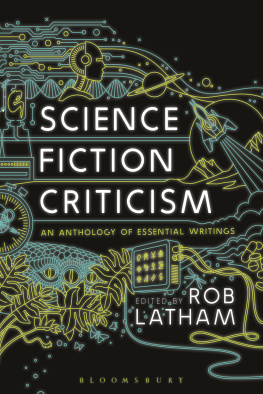
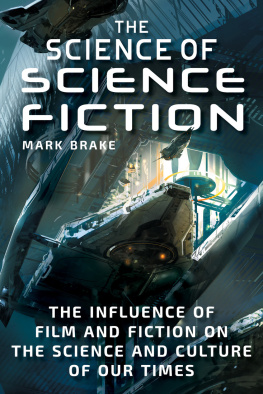

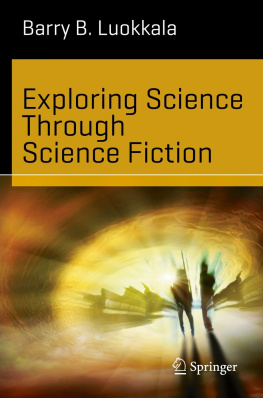

 OF
OF 


